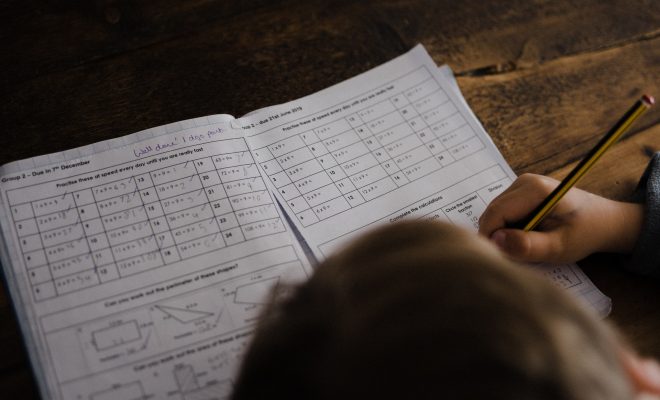Learning Loss and Ebbinghaus’s Forgetting Curve

Why do students experience learning loss in the first place? To answer this question, we must understand Ebbinghaus’s forgetting curve. Ebbinghaus’s forgetting curve was theorized by Herman Ebbinghaus in 1885 and described the decrease in the brain’s ability to retain memory over time. The theory states that humans lose learned knowledge and skills over time unless it is reviewed periodically. A closely related concept to the forgetting curve is the strength of memory, which states that the period up to which a person can recall a memory is predicated on that memory’s strength.
The first study to test the forgetting curve was conducted by Ebbinghaus in 1885. Ebbinghaus concluded that the forgetting curve was exponential. This means that memory retention is one hundred percent at the time of learning any piece of information. However, memory retention decreases rapidly by forty percent within the first few days. After which, the degradation of memory retention slows down again. In layman’s terms, the forgetting curve is exponential because memory loss is rapid within the first few days of learning something new. However, as the memory loss rate decreases, the forgetting curve descends much slower from then on.
During his study on the forgetting curve, Ebbinghaus also discovered another phenomenon that he labeled overlearning. The idea behind overlearning is that if you study something more than what is needed to memorize it, overlearning occurs. The information is now stored more robustly by the brain, and the effects of the forgetting curve for the overlearned information is slower. The information should be repeated within the initial 24 hours of learning to mitigate the rate of memory loss (Ebbinghaus, 1885). What makes this landmark study so important is that it has been successfully replicated time after time by modern education researchers.
According to the forgetting curve, students need continuous opportunities to gain new skills and practice existing ones in order to progress academically. This need is increased exponentially during the summer months or unexpected events like COVID-19 because most children are not exposed to learning experiences, nor do they review existing knowledge and skills. When we think of summer vacation, we think of a carefree time when children can have fun and relax, but we forget about the potential learning activities and experiences that we can expose children to. We also forget that students need to continuously review existing knowledge and skills, or the forgetting curve will slowly erase them from their memory.
Identifying and addressing learning loss can seem like a daunting task, but thankfully, it doesn’t take a rocket scientist to pull it off. All teachers and educational leaders need is to be organized and have the right plan. Later on in this whitepaper, we will discuss an education platform that helps educators close the gap on learning loss, especially among vulnerable and disadvantaged populations.






